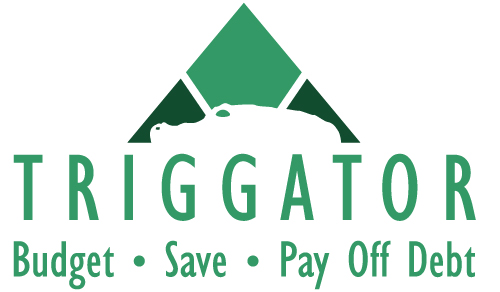It doesn’t have to take a major natural disaster or a worldwide pandemic to realize you need to have a rainy-day fund.
Emergencies can take place in the form of a job loss or even a flat tire. If you don’t have the money in your paycheck or an emergency fund established, you’ll be in a world of hurt financially.
It’s time to ensure your family will be able to weather the storm, big or small. Here’s how you can quickly set up an emergency fund.
More...
Do This First
If you don’t have an emergency fund, or you need to pad it a bit, you’ll want to make this a priority.
You need to make this a priority in order to avoid busting your budget in the future. An emergency fund will prevent the need for dipping into expensive credit card fees.
You will also have peace of mind knowing you have some money set aside to help you through financial difficulty.
Create Your Budget
In order to know how much you can save each month, you should start with a written budget.
Plan out all your expenses and find out how much money you have left to save.
Keep paying minimum payments on your debts, but don’t make that the priority right now.
Set a Savings Goal
How much should I save for an emergency?
Start with a small goal that will give you some breathing room for a modest sized emergency. You may want to save at least $1,000-$2,000.
While $1,000 is a good starting place for your fund, it may not be sufficient to cover ongoing expenses.
Eventually you will want to save at least 3-6 months’ worth of expenses. (Another reason you need your budget established—you need to know how much 3-6 months’ worth of expenses will cost you.)
Set your goals around your personal situation. If you are paying off debt, keep your emergency fund minimal and then increase it once your debt is paid off.
Pump Your Extra Money Into Your Emergency Fund
Now that you have a budget and a goal, you can start putting money into your fund.
If your goal is $1,000 and you have an extra $300 that you haven’t spent at the end of the month, you can hit your goal in about 3 months.
Sell Stuff
Set aside as much as you can from your paycheck into your emergency fund, but don’t stop there!
If you have some extra things you could get rid of, sell it in a yard sale or online.
Even if you only make a few hundred dollars, you’ll be that much closer to hitting your savings goal.
Don’t Spend It!
This is your personal commitment to protect this money from burning a hole in your pocket.
Decide what qualifies as an emergency before you have one.
Obviously, there is no way to tell when an emergency will arise, but you need to protect this money for true emergencies.
Paying to enroll your child into a sports program doesn’t qualify as an emergency. (There’s a whole other category in your budget for such things.)
Buying a new cell phone or ordering take out also doesn’t qualify as an emergency.
Decide right now that this money is only to save you from a financial disaster or avoiding more debt caused by an emergency.
Put it Into its Own Savings Account
Once you have your emergency fund (or while your building it up) put the money into its own savings account.
Don’t mix this money with other savings. This is a “hands off – don’t touch” bank account that you will only access if absolutely necessary.
You do want this money to be easily accessible, so don’t try to put it into an account that you literally can’t touch. If you show up at an emergency room and need to make a payment, make sure you can easily get access to it.
What to Do Next
The next step after you have your emergency fund set up is to start hacking away at your debt. Check out this article to help you pay off your debt fast.
Also check out Triggator’s budget app which will help you will saving for emergencies as well as pay off debt as fast as possible.

